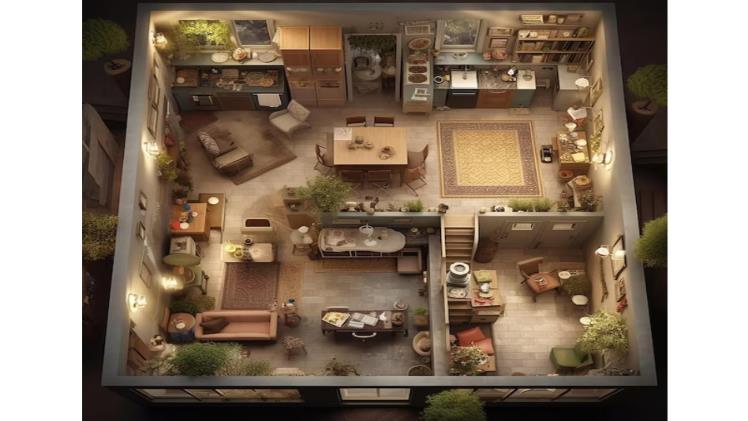In the world of real estate and home design, duplex floor plans stand out for their unique ability to offer comfortable living spaces for more than one family, while maximizing land use and often reducing construction costs. The best duplex floorplans are those that not only address the practicalities of shared living but also provide each residence with its sense of style and privacy. This article delves into the key elements that make up the most effective and appealing duplex floor plans.
Understanding Duplex Homes
A duplex is a single residential building divided into two separate living units, either side-by-side or stacked one over the other. These units typically share a common wall but are completely independent in terms of entry, living spaces, and utilities. Duplexes are popular in urban and suburban areas due to their efficient use of space.
Key Considerations in Duplex Design
- Privacy and Sound Insulation: One of the primary considerations in duplex design is privacy. This involves the strategic placement of shared walls and the use of soundproofing materials. Bedrooms are often positioned away from the shared wall, or back-to-back bathrooms and closets are used as buffers to minimize noise transfer.
- Separate Entrances and Outdoor Spaces: To enhance the sense of individuality, each unit usually has its entrance. Additionally, distinct outdoor spaces like small yards, patios, or balconies ensure that residents have private outdoor areas.
- Efficient Use of Space: Duplexes are often designed to fit into smaller plots of land. This requires a creative approach to use space efficiently, including multi-functional areas and smart storage solutions.
- Aesthetics and Curb Appeal: The exterior of a duplex should be visually appealing and cohesive. However, subtle differences in detailing can help distinguish the two units.
Popular Duplex Floor Plans
- The Side-by-Side Duplex: This layout places the two units next to each other, each with its own front and back door. The shared wall is typically straight down the middle of the building. This layout is ideal for plots with wider frontage and offers excellent separation between units.
- The Stacked Duplex: In this design, one unit is on the ground floor while the other is on the top. This layout is well-suited for narrow lots. Sound insulation between floors is crucial in this design to ensure privacy.
- The Single-Story Duplex: Ideal for aging populations or those with mobility issues, the single-story duplex offers all the conveniences of a single-floor layout. This design often requires a larger lot but is highly sought after for its accessibility.
- The Townhouse-Style Duplex: Resembling townhouses, this design often features two-story units, providing a separation between living and sleeping areas within each unit. This style is popular in suburban settings.
- The Back-to-Back Duplex: A less common but interesting layout is the back-to-back duplex, where units share a back wall instead of a side wall. This design allows for frontage on two sides of the property and can be a creative solution for certain lot shapes.
Innovative Features in Duplex Design
- Sustainable Elements: Many modern duplexes incorporate sustainable design elements like solar panels, energy-efficient appliances, and green roofing. These features not only reduce the environmental footprint but also lower utility costs.
- Flexible Spaces: With the rise of remote work and evolving family needs, flexible spaces that can serve as a home office, a guest room, or a playroom are increasingly popular in duplex designs.
- Smart Home Technology: Automated lighting, heating, and security systems are becoming standard in new duplex constructions, adding convenience and efficiency.
- Aesthetic Diversity: While the exterior of a duplex should be harmonious, slight variations in color, texture, or detailing can help in giving each unit its own identity.
- Parking Solutions: Adequate parking is a critical aspect, with designs often incorporating a garage for each unit or a shared driveway with designated spaces.
Challenges and Solutions in Duplex Design
Designing a duplex comes with its own set of challenges. One major issue is ensuring sufficient natural light in each unit, especially for middle rooms in side-by-side layouts. Architects often solve this with strategically placed windows, skylights, or light wells. Another challenge is creating a sense of individuality for each unit while maintaining a unified architectural style. This is achieved through the creative use of materials, colors, and landscaping.
Regional Variations
The design and popularity of duplexes can vary greatly depending on the region. In dense urban areas, stacked duplexes with vertical layouts are common. In contrast, suburban areas might favor side-by-side designs that resemble traditional single-family homes.
In conclusion, the best duplex floor plans are those that effectively balance privacy, style, efficiency, and functionality. While the ideal design depends on the specific needs and preferences of the residents





